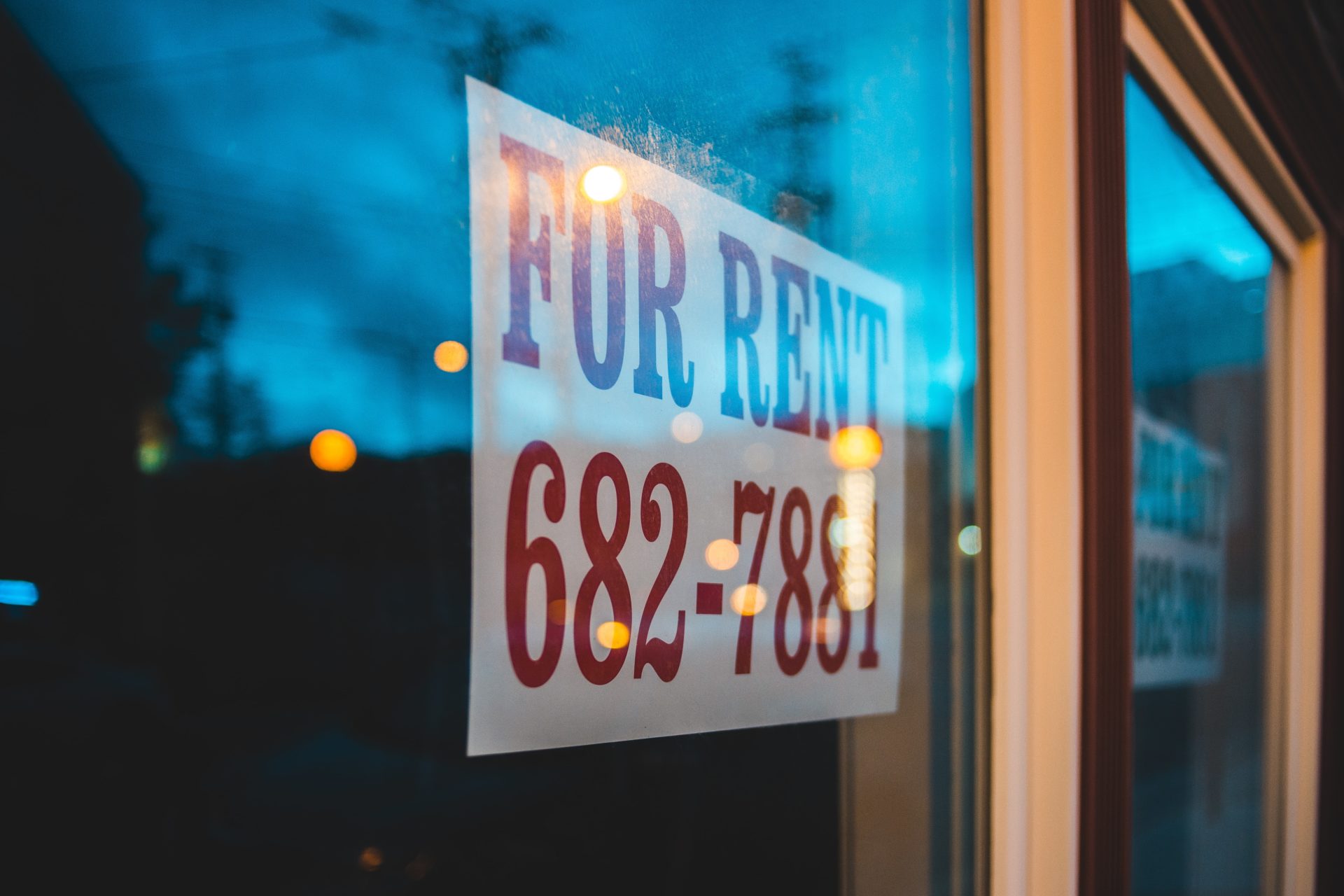NYC city agency bans sleeping overnight at youth drop-in centers
In January, the New York City Department of Youth and Community Development issued a ban on sleeping overnight at the city’s various overnight drop-in centers. Citing matters of compliance dealing with health and safety and regulatory issues, the agency says clients remain able to “rest” at the locations. The directive comes as the population of young people these sites serve continues to climb. Advocates have met the order with fierce pushback, including one location manager who has remained defiant altogether. The centers, located in each borough, are open 24 hours a day and are operated by city-funded nonprofits. While they are not categorized as official homeless shelters, many offer cots and spaces to sleep in addition to food, laundry, education, and career services. (New York Times)
Market analytics report indicates potential reprieve for renters after hot rental market
A nationwide cooling of the high costs of rent may be in store for 2023. According to RealPage Market Analytics, a real estate software company, the median asking rent fell almost 2% between December and January, while national vacancy rates for December finished at 5%, up from the low of 2.5% a year prior. An uptick in new construction as well as a pullback of would-be renters opting for other living arrangements offer some explanation as to the plateau. While the RealPage report does call for around a 3% overall increase in rents across the country, the report leaves some economists optimistic about the rental market shifting in the renter’s favor. (Business Insider)
Advocates support Good Cause bill for tenant protections in face of ongoing landlord abuses
The ongoing experience of one formerly homeless Bronx family facing eviction is just another reason advocates support passing the “Good Cause” bill, legislation currently under consideration by New York law makers that would reinforce eviction protections for New York renters. Landlords critical of the bill say the law would make mandatory the practice of offering lease renewals to anyone not wanting to move out. For Thomas Ellis and his wife and eight children, their Bronx apartment was not only not offered for renewal, but the family also alleges several instances of landlord negligence related to maintenance and rat infestations, as well as a lack of access to utilities like hot water, cooking gas, and functioning radiators. Considered a “holdover”, Ellis and his family face eviction as any building not covered by rent regulations can deny lease renewals for any reason. (New York Daily News)
Rent-to-income ratio continues to burden renters and homeowners alike
With the average rent-to-income ratio recently reaching 30% during the last quarter of 2022, renting and the prospect of homeownership has perhaps bever been so burdensome. The relationship between high mortgages and sky rocketing rents is interwoven, with the former driving the increase in rent costs as it sends would-be homeowners into a scarce rental market.
Rents at historic peaks across the country have also all but eliminated the ability to save for the down payment necessary to purchase a home. As rents have outpaced inflation for the last several years, incomes also continue to lag behind spikes in housing costs, leaving homeowners and renters in a cycle of uncertainty. (Forbes)
Study shows wide gap of racial disparities in homeownership nationwide
Households of color in every state have lower homeownership rates than white households, according to data from the American Community Survey. The Joint Center for Housing Studies at Harvard University recently examined the survey’s data collected from 2015-2019, concluding 71.7% of white households own their homes, with only 47% of households of color able to say the same. The study found the widest gaps in the Northeast and Midwest regions of the US, with narrower but yet persistent gaps in Western states. The gap is particularly notable for Black Americans, as the rate of home ownership nationally is 30 percentage points less than white Americans, or 41.7 percent. Hispanic households were found to home their homes at a rate of 46.8%, followed by Native American households at 56.7%, and Asian households at 59.4%. (Joint Center for Housing Studies Harvard)

